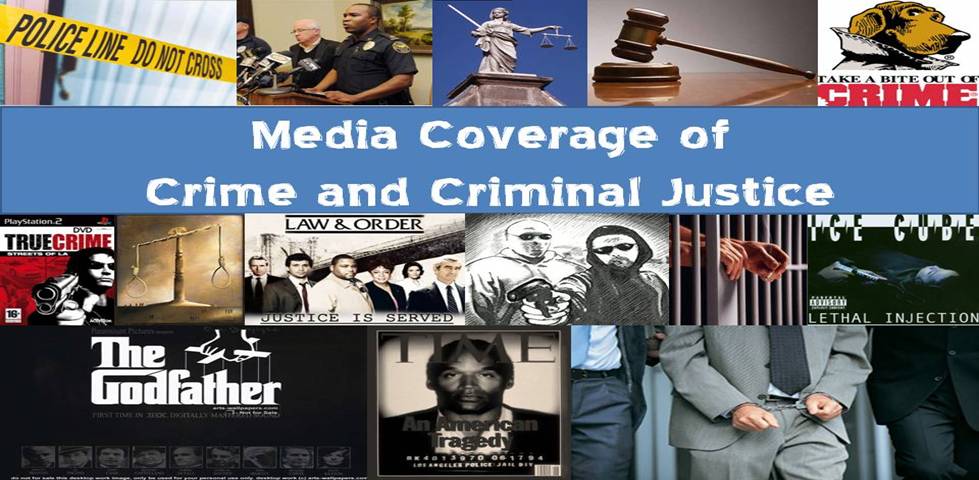Here is how the article begins:
"IF
anything good has come out of this month’s fatal shooting of Michael
Brown in Ferguson, Mo., it is that the death of the black teenager
shined a spotlight on the plague of shootings of black men by white
police officers. And maybe now, the nation will begin to address the
racism behind it.
"That
is the conventional wisdom, anyway, and maybe it is true. Only a fool
would deny that racial bias still pervades aspects of American society.
The evidence is clear that some police law-enforcement tactics — traffic
stops, to cite one example — disproportionately target
African-Americans. And few doubt that blacks are more likely than whites
to die in police shootings; in most cities, the percentage almost
certainly exceeds the African-American share of the population.
"Such
arguments suggest that the use of deadly force by police officers
unfairly targets blacks. All that is needed are the numbers to prove it.
"But
those numbers do not exist. And because of that, the current national
debate over the role of race in police killings is being conducted more
or less in a vacuum."
And that is a good start.
But within the article is information that allows us to draw some tentative conclusions. For example:
Here is a study:
"A
more comprehensive analysis exists: Dr. Klinger and Dr. Rosenfeld,
among others, examined all 230 instances over 10 years in which officers
of the St. Louis police fired their weapons (the city’s police, in
contrast to the police in Ferguson involved in Mr. Brown’s shooting).
"Their
conclusions, presented last November at the American Society of
Criminology’s annual meeting, were striking. Officers hit their targets
in about half of the 230 incidents; in about one-sixth, suspects died.
Of the 360 suspects whose race could be identified — some fled before
being seen clearly — more than 90 percent were African-American.
"But most interesting, perhaps, was the race of the officers who fired
their weapons. About two-thirds were white, and one-third black —
effectively identical to the racial composition of the St. Louis Police
Department as a whole. In this study, at least, firing at a black
suspect was an equal-opportunity decision."
Other findings, inconsistent with this one, are mentioned in the article.
Left out are facts identified in the media book:
1) When people think of crime, they tend to think of violent street crime committed by blacks.
2) When people hear news about crime when the suspect's race is not identified, they tend to assumed it is black person.
3) Fear is higher of blacks than whites.
etc. etc. etc.

No comments:
Post a Comment